The Beauty of Your Garden Center Building
Sure, the right structure is important for growers, but have you ever considered the benefits of having the appropriate structure for your garden center? Certain structures can help your plants and flowers last longer, make your store more inviting to customers and provide you with better organization. There are many things to consider before choosing a structure for your garden center — right now, the trend and most important thing to consider is the look.
Structure appearance
The initial impression the appearance of your garden center gives to a customer is vital. “Having good street appeal is as important as providing a comfortable shopping experience for your customers,” says Brent Crombie, national sales/marketing manager at Poly-Tex. “We are seeing that even the smaller independent retailers are going with much larger, complete retail structures to compete with the mass merchants.”
The front appearance of the structure needs to be attractive, “because you only have a couple seconds to grab someone’s attention,” says Bill Stubbe, vice president of Erie Greenhouse Systems. “If you can do that, they’ll drive by one day, they’ll drive by the next day and the next day, and their curiosity will build to the point where they will stop in and look.” You’ll gain new customers.
Traditional steel A-frames, glass venlo, poly roof, shade-covered, polycarbonate glazed, acrylic glazed, glass glazed, steel insulated panel glazed . . . with so many choices, how do you decide?
The most popular item seems to be glass, and retailers are recognizing this. According to Bill Vietas, divisional manager and vice president at Rough Brothers, taller structures made with glass are being used. Glass is the most attractive option, and it is also the most expensive. You don’t have to design an entire structure made of glass, however. Stubbe recommends custom-building with a combination of coverings such as a glass front wall, which will allow the passers-by to see displays and sale items, with double poly on the roof, and maybe even on the sides. “This is something to expand on and upgrade in the future to the more-expensive Lexan (polycarbonate) or glass all the way around,” he says.
Custom-Designed Structures. Custom-designed structures such as the one mentioned above will allow you many options. “I have found that our customers are varying the roofline, using multiple coverings and erecting glass entryways so people can see their plants and be drawn into the garden center,” says Lynn Hackett, director of marketing at Nexus Greenhouse Systems. Though your customized, dream structure may cost you, you’ll get exactly what you ask for, which will translate to a better business in years to come. “Money you spend on your garden center, whether upgrading an existing facility or creating a new garden center, has an immediate and good return,” says Hackett.
Kits. Kits work well for the retailer who doesn’t have a lot of money to spend. They often include the structure itself, benching systems, display systems and other items important for the appearance of your store. You can get everything you need in one shot.
Seasonal Structures. Though these structures aren’t as attractive as permanent glass garden centers, they are a fairly inexpensive and convenient seasonal structure — one you can take down at the end of the season. “It gives the retailer the flexibility to expand their business seasonally without having to build an expensive, permanent greenhouse,” Crombie says.
Other considerations
Crombie suggests visiting local building officials and confirming you can build a retail structure. “Ask them a lot of questions so that you have a good idea of local zones and codes. Knowing what you can and cannot build will narrow your focus in choosing a retail structure.”
Vietas recommends considering the demographics of the desired area, parking, signage, ventilation, customer flow and display and benching items. Also, allow yourself sufficient time to complete the project. “Allow enough time from design to opening the store — one year should be typical,” he says.


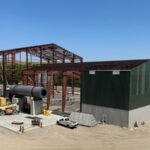

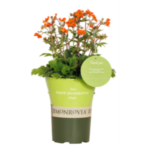


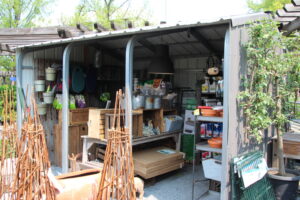

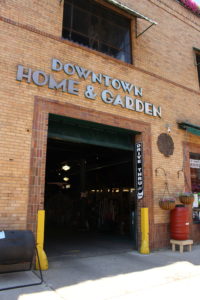
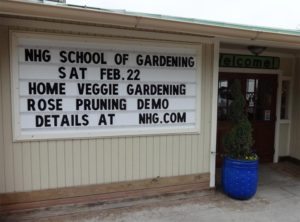
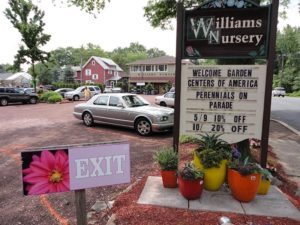
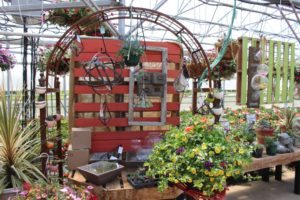
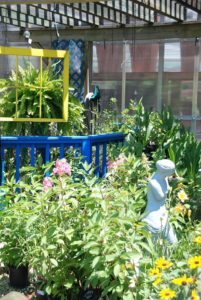
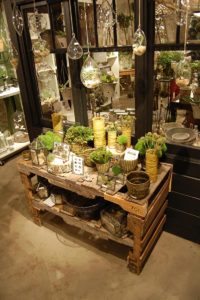



 Videos
Videos





